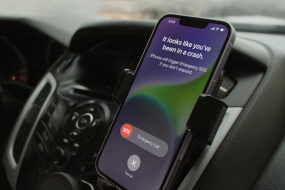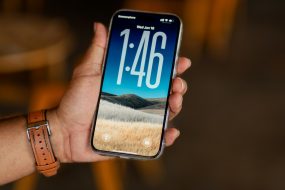Every autumn, Apple presents a spark of interest: what’s new this time, how will the company surprise us? In today’s review, let’s take a closer look at the differences between iPhone models starting with the 14th series and “take a peek” at the Pro line to see which version today gives us the most value for its price.
Table of contents
How iPhones Are Changing: A Brief Overview of the Main Points
For a long time now, Apple has been following a strategy of releasing both standard and advanced versions of the iPhone every year. And with each new release, there are significant changes. The company has removed Lightning (now replaced by USB-C), started using titanium, and radically updated the processors.
When talking about the differences between the iPhone 14 Pro and 15 Pro, it becomes clear that Apple is increasingly separating the Pro series from the regular models. The differences lie in the materials used and in performance. The advanced versions get more durable materials and powerful chips, while the basic iPhones run on last year’s Pro version processors, without losing any functionality.
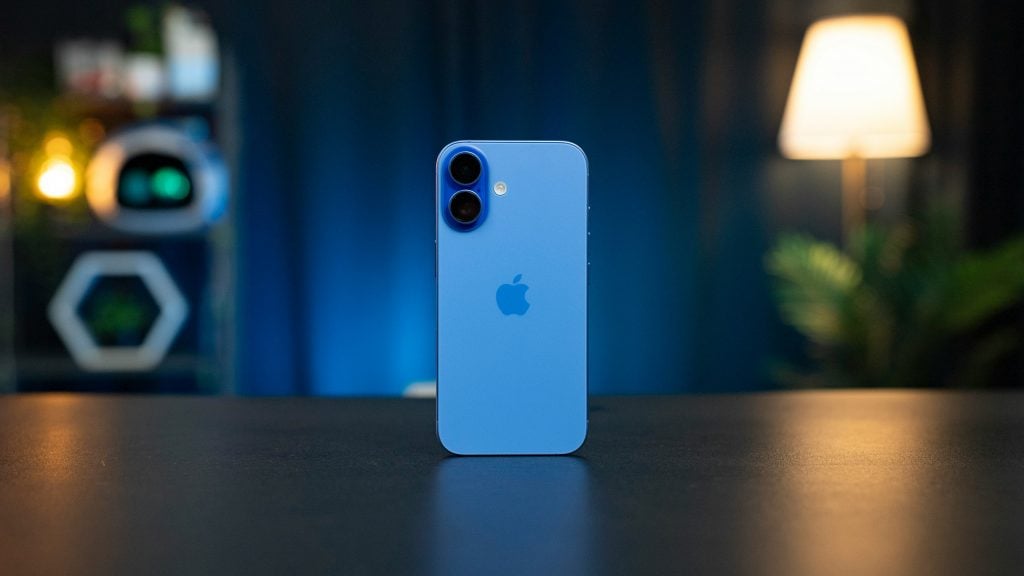
How Have the Basic Models Changed Over the Years?
Let’s start with the standard versions. If you are choosing between the iPhone 15 and iPhone 16, begin by comparing prices, technical components, and the usefulness of the options offered. It is in this balance that a reasonable choice can be found.
Processors
With each iteration, chip performance increases by about 15% compared to the previous model:
- iPhone 14 uses the A15 Bionic chip;
- iPhone 15 has the A16;
- iPhone 16 got the A18.
The power boost isn’t just because of the new processors. Other factors play a role too, like more RAM and moving to more modern chip manufacturing tech. But it’s hard to say for sure which iPhone is better for everyday tasks, the 14 or the 15.
Appearance
When comparing the iPhone 14 and 15 in terms of design, it is challenging to select a favorite — both are made in a similar style: aluminum frame, durable glass, and IP68 water and dust protection. However, the 15th version features a softer body design, a matte finish, and an interactive “dynamic” zone instead of the usual notch.
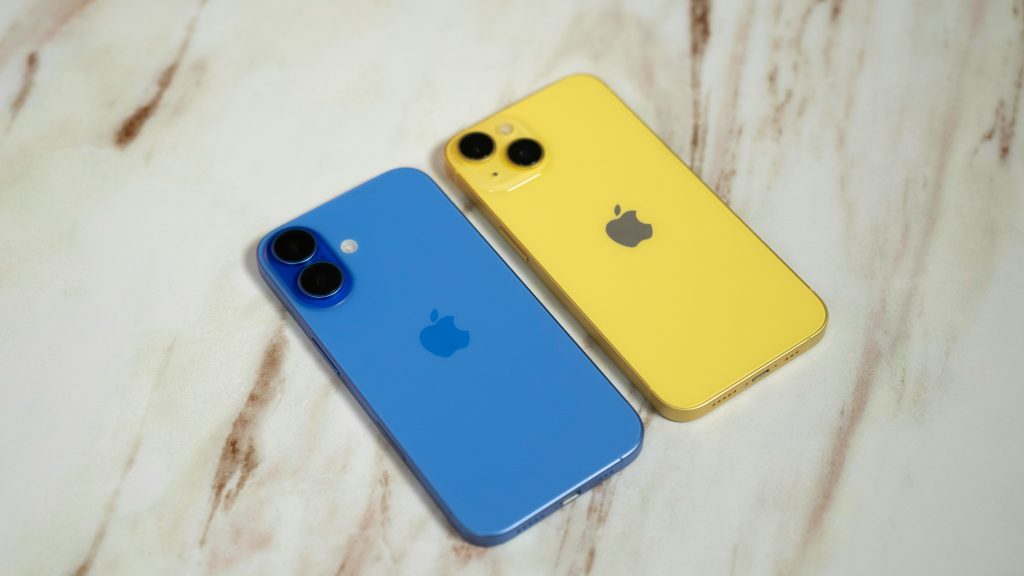
The price of the iPhone 16 is justified by its new features. By the way, thanks to the optimization of internal components, the weight of the phone has been reduced by 1 g. At the same time, it looks similar to older models such as the iPhone X or XS (the cameras are now positioned vertically). In addition, there are fresh colors: ultramarine, pink, and teal.
Cameras
The iPhone 14 has two cameras on the back: a main camera and an ultra-wide-angle camera, both with 12 MP. Apple has significantly changed its approach with the iPhone 15 — the main camera’s resolution has increased to 48 MP, which has greatly improved the detail of photos.
If you choose between the iPhone 16 and 15, you will definitely notice the difference — just take a couple of photos. The module is the same, but the upgrades are hidden inside — thanks to the new chip, the smartphone is faster and more efficient. In addition, in the 16th version, the diaphragm has been improved to ƒ/2.2, which means that even in low light, the picture will be clearer.
Battery
With each new model release, Apple slips in a bit more battery capacity and overall autonomy. If you just look at the numbers, the difference between the iPhone 14 and 16 seems tiny — only 198 mAh. But in real life, the latest version gives you a few extra hours without charging.
The main role here is played not only by the battery, but also by the energy efficiency of the processor. With each generation, chips become more powerful, but at the same time, use less power.
Changes to the iPhone Pro Lineup
Starting with the 14 Pro, the “professional” models focus on new engineering solutions. The exterior has been perfected and remains almost unchanged. Meanwhile, the internal components have been seriously upgraded.
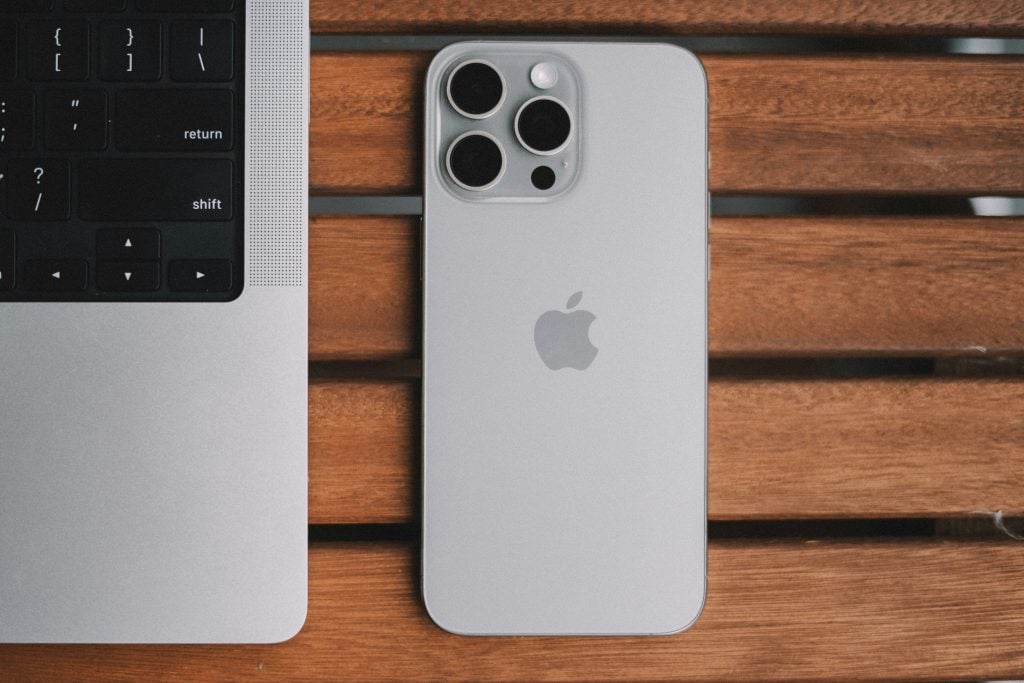
Thus, the 14 Pro became the first iPhone with a 48 MP camera. In 15 Pro, Apple used titanium instead of steel for the body for the first time. The price of the iPhone 16 Pro is also reasonable: the gadget runs on a new chip, has increased power, and even more efficient energy consumption. In addition, wireless protocols are improved, a separate camera button was added, the screen size increased, and wireless charging speed became faster.
Conclusions
If you are still wondering which iPhone to buy — the 16 or 15, or maybe the 14 — this information will make your decision a little easier. Let’s summarize:
- iPhone 14 is an excellent entry point into the Apple ecosystem, especially considering its support for the latest versions of iOS;
- iPhone 15 is the golden mean, balancing price and capabilities;
- iPhone 16 is the choice for those who want the newest “stuffing” and are ready to pay extra for it.
If you work with content or want flagship technology, choose phones from the Pro line. The final decision depends on how you use your smartphone and what is important to you: camera, battery life, power, or just status. The iSpace store in Azerbaijan will help you choose the right model. The staff will advise you on which model best suits your budget and needs. In addition, you can follow all the latest Apple news on the store’s website — with iSpace, you’ll always be aware of the latest releases.
More on the topic
How to Choose the Perfect iPhone: A Complete Buyer’s Guide
Can You Charge the iPhone 15 with a Non-Original Cable?
How to Properly Care for Your Mac, iPad, and iPhone
Subscribe to the newsletter and be the first to know about new promotions and special offers from the store!






